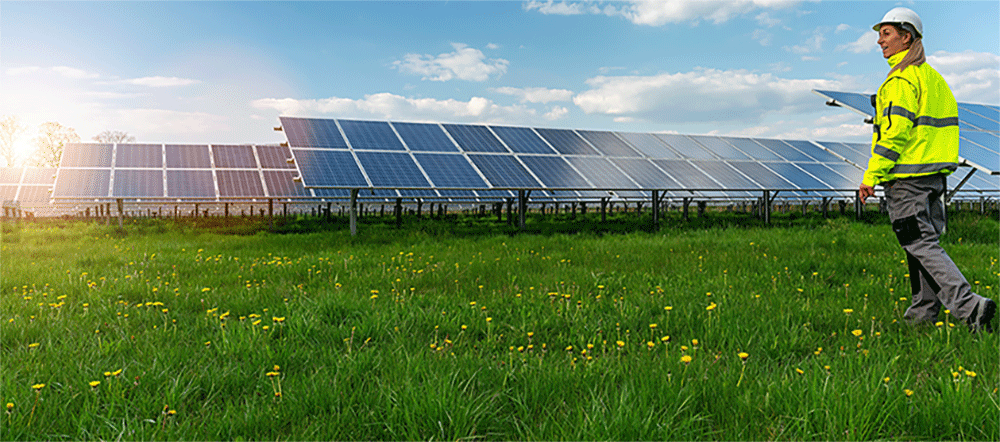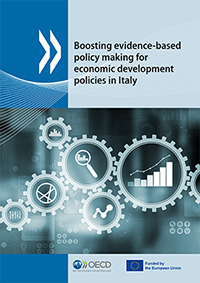Italy Economic Snapshot
Economic Survey of Italy (January 2024)
Italy has weathered recent crises well. A strong fiscal policy response, enhanced competitiveness and improved banking sector health have supported growth in recent years. But public debt is high and spending pressures are rising from population ageing, higher interest rates, and the green and digital transitions. A steady fiscal consolidation is needed over several years to put debt on a more prudent path. Growth in spending needs to be contained, but public investment in the National Recovery and Resilience Plan should be protected to minimise adverse effects on growth.
SPECIAL FEATURE: Achieving the energy and climate transition
Executive summary
Presentation
Video
Further reading


Economic Policy Reforms: Going for Growth 2023 - Italy
Boosting evidence-based policy making for economic development in Italy (June 2023)
In recent years, the Ministry of Enterprises and Made in Italy has made important efforts to promote a stronger culture of evaluation and monitoring. The recent establishment of a new Analytical Unit (Centro Studi) responsible for conducting ex-ante, in-itinere and ex-post policy evaluations marks an important step towards enhancing the Ministry’s capacity to produce and use impact evaluations. This report presents the result of work aimed at supporting the development of the Centro Studi and the use of evidence in the Ministry, by providing guidance, practices and methodologies to strengthen the Centro Studi’s governance, its data and evaluation capacity, and its ability to inform the design of the Ministry’s economic policies (e.g. on industrial policies, innovation, entrepreneurship and productivity). This project was funded by the European Union via the Technical Support Instrument and carried out by the OECD, in co-operation with the Directorate General for Structural Reform Support of the European Commission and the Ministry of Enterprises and Made in Italy.
This work is a joint effort of the OECD Economics Department, the Public Governance Directorate and the Directorate for Science, Technology and Innovation.
